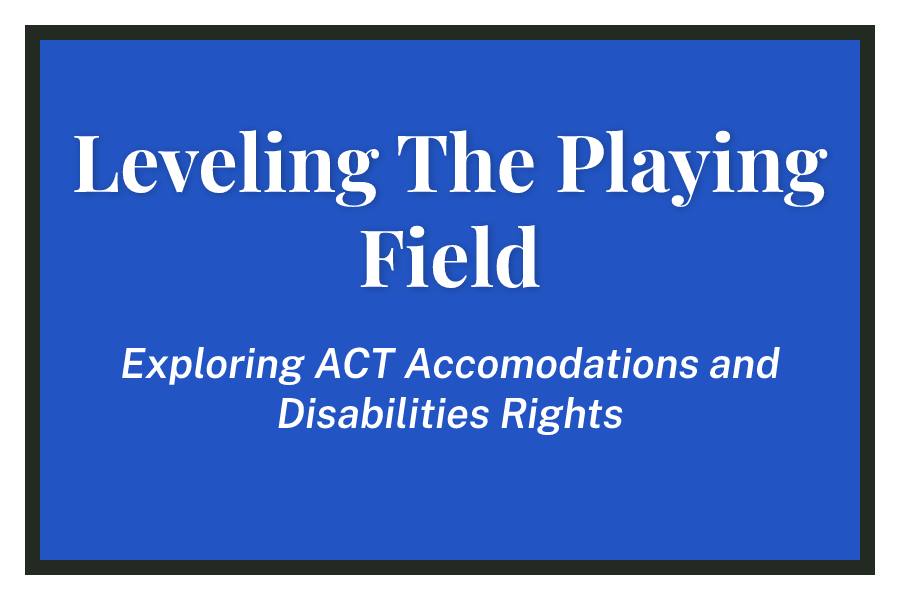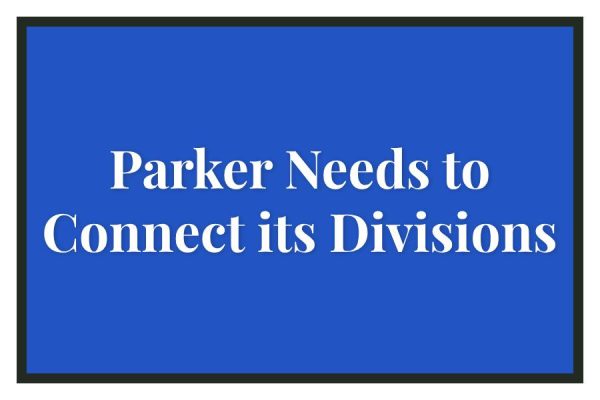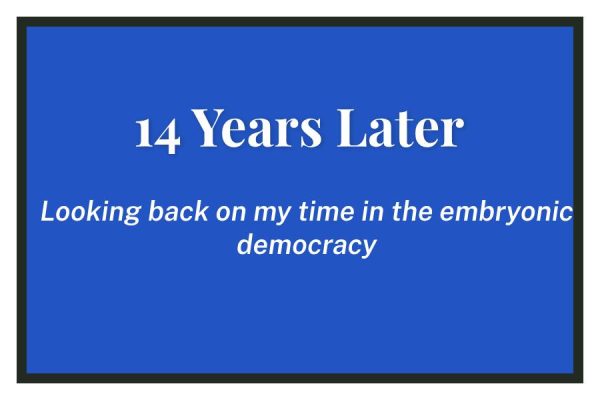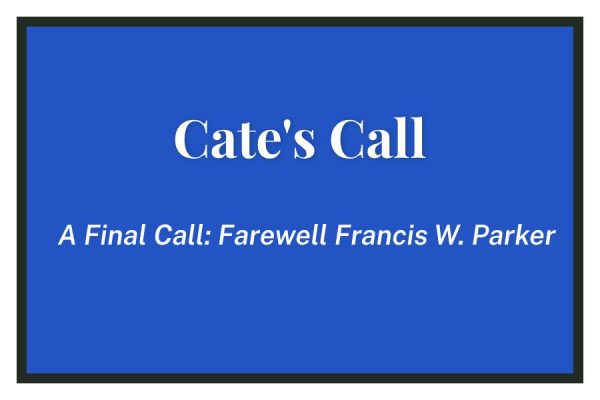Leveling The Playing Field
Exploring ACT Accommodations and Disabilities Rights
The stigma associated with testing accommodations for the ACT is a major issue at Parker. The ACT is a 215-question-long test that has a massive impact on college admissions. Even in the ever-changing landscape of test-optional and test-blind policies, it still has an outsized effect on college admissions.
You may be asking now, what is the ACT? The ACT, according to ACT, is a test that “motivates students to perform to their best ability. Test scores reflect what students have learned throughout high school and provide colleges and universities with excellent information for recruiting, advising, placement, and retention.” And while many of us would argue against every aspect of this statement, that is the alleged purpose.
The test operates in four blocks with different set times. These times are as follows: reading and science 40 questions in 35 minutes, English 75 questions in 45 minutes, and math 60 for 60. This timing is the birthplace of blatant discrimination against many students with learning disabilities.
For students with slower processing speeds, vision impairments such as double-vision, anxiety, ADD, epilepsy, and numerous other learning disabilities or other physical impairments, timing (among other issues) can be a major stressor and or make the test simply impossible. This may be why extended time is the most common form of accommodation on the test. Moreover, the reason for the influx of students with extra time can be attributed to the access to extra time being altered to fit the needs of many other types of disabilities. A single pipeline of students with learning disabilities is widened to accommodate three main forms of disabilities: learning, mental, and medical. The group of students who were traditionally known as the ones to have accommodations in school is immediately broadened to a new range of students with disabilities that the school may overlook or deem to not impact the student’s success in a school setting, however, when facing the daunting task of the ACT become a much larger factor.
So, ACT accommodations were set in place to help even the playing field for students who were affected by the timing, lack of breaks, or any other test-related issues. And, for the most part, multiple studies confirm that these accommodations lead to huge success in students who would have otherwise suffered from far lower and far more inequitable scores.
Test takers cannot simply ask for more time. Instead, to receive special testing accommodations, a student must first receive a diagnosis from a medical professional. They then apply to the ACT Special Testing Board to be granted these accommodations. If they’re lucky, they will do this with the help of a school learning resource teacher or counselor. If denied, students must write letters to the ACT along with their parents, current doctors, learning specialists, and/or therapists. This process is extremely taxing and meticulous. However, it helps ensure that accommodations go to people who truly need them and can prove that they do.
As a student who applied to the ACT special testing board, I experienced this scrutiny firsthand. Since fourth grade, I had taken psycho-analysis every two years and worked with an occupational therapist for many years. When I submitted my request to the ACT board it was denied. The ACT board doesn’t tell you why. They simply respond with a denial. Thankfully, I had professionals in my corner to help work out this massive inconvenience. While it all boiled down to a faulty PDF of my past seven years of special testing, I felt incredibly disheartened. This process helped demonstrate to me the inequity of special testing. Being a Parker student had given me access to staff and faculty who were experienced and had the time to help me. After this tense three-week dredge through the mud, I took the ACT with all my accommodations intact.
Once this moment of institutional scrutiny is completed, a whole new level is born: social scrutiny. This focuses on the few students whom peers deem unworthy of accommodations. Peers may deem them unworthy on the basis of their having “good grades” or “being a great student.” These peers lack: a) the Ph.D./MD required to diagnose a learning and/or medical disability and, b) insight into the daily difficulties students with a wide range of accommodating factors face.
A constant and harmful trope used frequently in the halls is “You paid for these accommodations,” or “You don’t need this and it’s soooo unfair that you have it.” As a student with a learning disability, I think it’s unfair that your brain can process math that quickly or maybe it’s unfair that you can sit through the test without having panic attacks.
At a school like Parker where diversity is a hallmark, it is surprising that students so cavalierly stigmatize a rare tool of equality in an unfair landscape. And although I often agree that special testing is disproportionately awarded at Parker in comparison to other Chicago area schools, it’s important to recognize the effect of this stigma is massive. This inflated number is in its rawest form a critique of the test as a whole but also the difficulties of a deeply segregated society, where those with access to evaluations are more easily able to get the accommodations they deserve.
However, this doesn’t make those students’ need for accommodations any less valid. Instead, it points to a larger inequity that programs like the Americans with Disabilities Act and the National Institute of Child Health and Development try to address. Seeing that in 2012 almost 10% of Illinois test takers used special time was a call to arms for me. It helped me realize that this brutal test, which has undercut the disadvantaged for so long, might slowly be coming to its knees. Students who have been unfairly impacted by aspects of this test, like me, were finally getting the chance to have a fighting opportunity to succeed. However, the dangerous stigma at Parker, especially the invalidating of test takers, is putting those who truly need these accommodations in a sticky situation. Overall, this issue sits as a battleground of DEIB and forces us to look at this important and often disregarded aspect of diversity.
And, J’Accuse Parker for being complicit in this stigmatizing. Parker’s overlooking of ability equity has paved the way for dangerous assumptions to be made. I hope that in the future Parker, holistically, grows to respect and protect this important part of our Diversity, Equity, Inclusion, and Belonging goals. Since the ADA’s passing in July 1990, stigmatizing and discriminating against disabled people have remained, festering in our society. The ACT’s unfair treatment is a prime example. As a student whose disabilities have been long known around the school and who has been subjected to numerous insults, some in good spirits and some out of the blue, I understand this unique issue. At Parker, DEIB can often be a single story for whoever may be presenting on any given day. And, with the exception of our speaker Anita Cameron, disability rights have been overlooked. It is important that we educate ourselves and our community on the impact of both physical and neurological disabilities. So that, in the future, students may be free of the nagging and hurtful scrutiny of the ACT.












